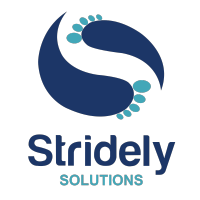Oracle Bus: All You Need to know
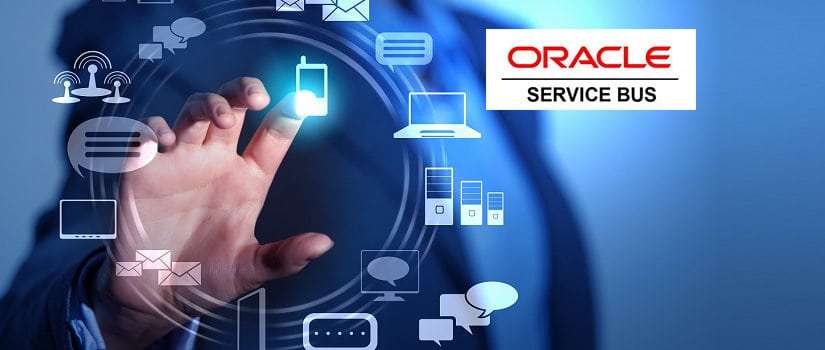
As an enterprise bus service, Oracle Bus is an initiative adopted by Oracle to help companies transform their businesses while unlocking the potential of enterprise apps. This article is designed to help you understand Oracle Bus and the ways in which it can benefit your organization. As and when you are seeking ways to draft communication between enterprise applications, Oracle Service Bus is the best way to accomplish the above.
FedEx Integration in SAP Hybris eCommerce – Everything you need to know about it.
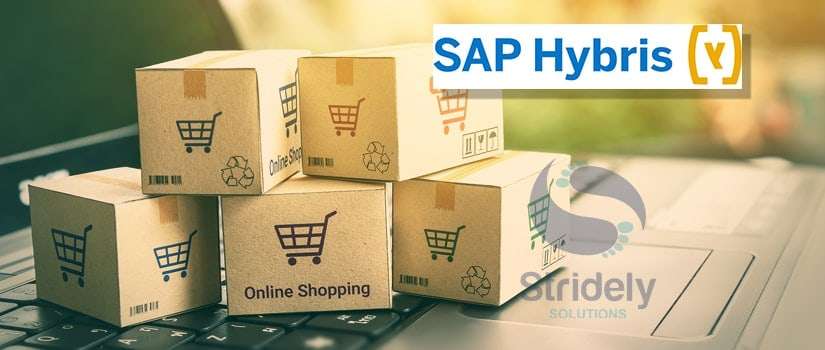
With its history dating back to 1997, Hybris accounts for a group of products, largely related to sales, marketing, and eCommerce. Back in 2013, the German company was owned by SAP and since then, it is referred to as SAP Commerce Cloud. It is believed that the family of products offered by SAP Hybris aims at reducing operational complexity while increasing efficiency and boosting end to end performance.
Automated lead scoring using Dynamics 365 Marketing – A Perfect Way to Qualify your Most Promising Leads
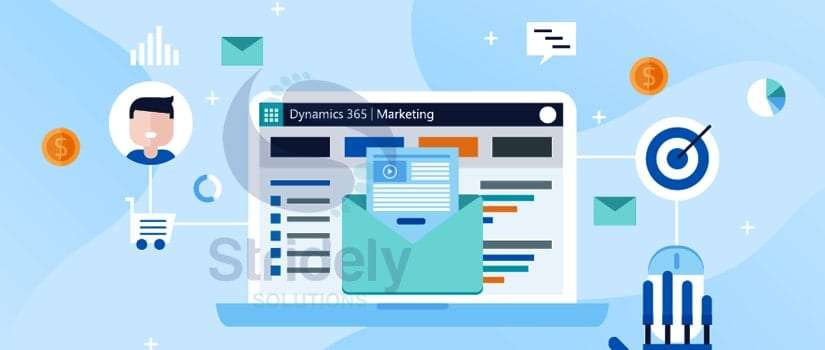
Lead management is a complicated task and when you have tons of prospects, segmenting them into high quality and poor quality leads becomes a lot more difficult. In fact, marketers are always worried and wonder when to move their leads from the automation platform to Dynamics CRM.
Transform your enterprise outlook with Data Modernization

The need to stay competitive in modern-day business has forced organizations to restructure their workspace. In a way, enterprises must step forward and pay heed to the bytes of data they have within their business.
Cloud Migration from JDE to Oracle Cloud – Why and how?
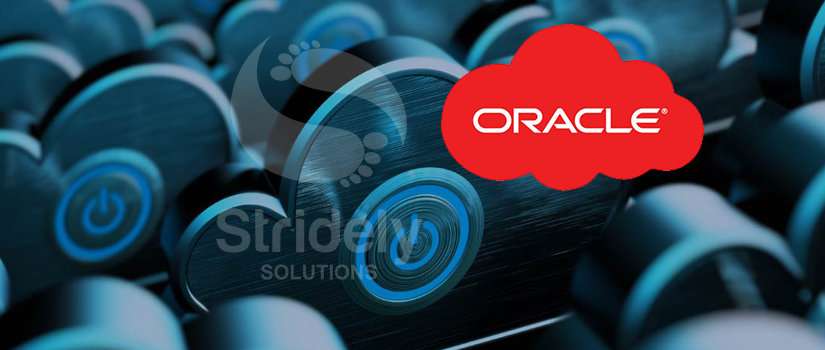
Long gone are the days when you had to install hardware or software within your premises to run a solution. With the advent of advanced technologies, the face of business operations has changed and so do the way applications are used.
Ensure data integrity and consistency across the business infrastructure with SAP MDG

As one of the transformational technologies of the era, SAP Master Data Governance allows enterprises to maintain, manage, and monitor their enterprise data with ease. If you want to adopt and integrate an all-in-one data management tool, SAP MDG is a decent pick. It lets you govern all of your enterprise data, consolidating all under a single head.

